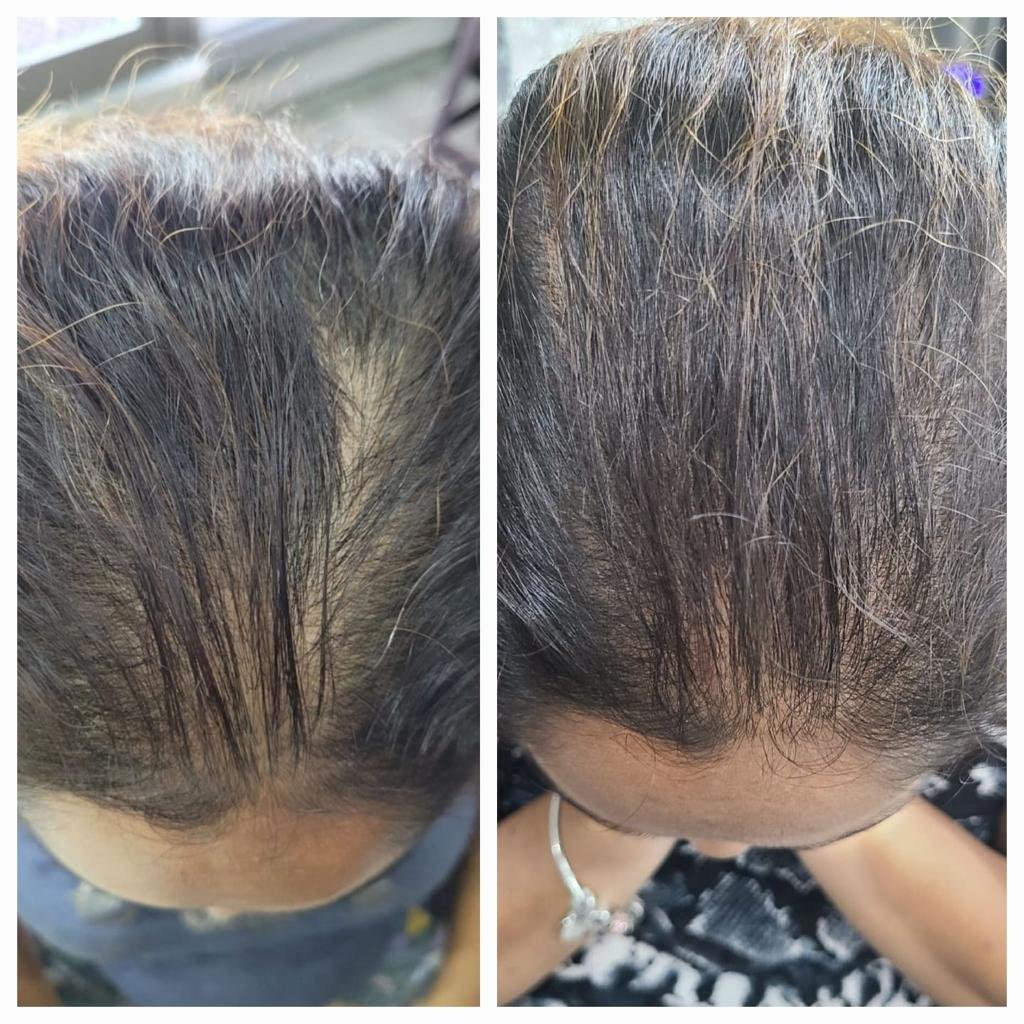SO LONG, SCARS!
Janine Mendes-Franco
As part of the healing process after an injury, different types of scars require different treatments. We’ll examine a few of them and answer a few of the most commonly asked questions when it comes to scar management…
Your age, gender, genetic makeup, as well as the type of scar (its depth, size, colour, location, and how long you’ve had it) are all factors that affect scar treatment
The earlier you treat a scar, the better the chances of success.
While dermatologists and plastic surgeons may not always be able to erase the scar entirely, they can — in most cases — vastly improve their appearance.
Scar treatment is not solely cosmetic. If a scar impedes the way your body functions, causes pain or itching, or affects your self-esteem, it’s imperative to deal with it.
1. ACNE
When we talk about acne scarring, we don’t mean the dark spots left behind by post-inflammatory hyperpigmentation when you get a pimple. We mean a range of tougher-to-treat marks that generally fall somewhere within the following range:
Because acne causes inflammation, your skin tries to repair the damage to its moisture barrier by providing damaged areas with more collagen — a process that can sometimes cause scarring.
Icepick scars are deep and narrow, like pinpoints
Rolling scars manifest as broad, patchy depressions
Boxcar scars, some of the most difficult to treat, are sharp pits with clearly defined edges
Hypertrophic scars are raised as a result of an overabundance of collagen during healing
Treatments
Naturally, prevention is better than cure, but there are many approaches we can take, depending on the patient…
Chemical treatments like our non-invasive VI Peel, (lessens hyperpigmentation and improves the appearance of various types of acne scarring, with most patients reporting visible results within as little as a week)
Collagen or derma fillers (for pitted or depressed scars)
Cryotherapy or steroid injections or(for raised scars)
Laser therapy (medical consultation before the procedure is key)
Oygeneo facials
Prescription medication
Pressure treatment/silicone gel plasters (a control method for potentially hypertrophic scars)
Retinol treatments
Surgery (for deeper, more serious scars, dermabrasion and laser resurfacing techniques work well)
2. FINE LINE SCARS
These are the types of scars left by minor wounds, and other cuts and scrapes. While these will usually fade on their own over time, we can hasten the process.
Treatments
A combination of stem cell-based products and lasers
A skin care routine with products that contain ingredients like hyaluronic acid
Chemical peels
Laser therapy
Regular, hydrating skin treatments
3. STRETCH MARKS
Although painless, many people are self-conscious about these types of scars. Certain treatments can help make them less obvious…
Treatments
4. CONTRACTURE SCARS
Scars sustained by burn injuries can be sensitive; they also tend to tighten the skin and — depending on their location — impair motion, or affect nerves and tissue. Depending on the severity of the injury, there are several treatment options, but in general, it’s recommended that burn scars be protected from sun exposure.
Treatments
Laser therapy (very effective with minimal invasiveness)
Microneedling (to stimulate collagen production and smooth out the scar)
Silicone gel
5. KELOIDS
These are similar to hypertrophic scars, except that — because of an overly aggressive healing process — they extend beyond the scope of the original injury. People who have more melanin in their skin are about 20% more susceptible to keloids. These approaches can help…
Treatments
Laser therapy
Silicone plasters (to flatten the scar; useful as a preventative method as well)
Surgery
6. SURGICAL SCARS
Depending on the injury, surgical procedures can leave quite noticeable scars. These treatments offer solutions…
Treatments
Silicone plasters (help prevent scar from raising after surgery)
Polyurethane dressings (reduce hyperpigmentation and size of the scar)
Laser treatments (decrease the degree of scarring, prevent keloids, increase mobility and reduce pain, all non-invasively)
Surgery (improves the outward appearance of the scar)
The takeaway? Every type of scar is as individual as you are, so it’s best to discuss different treatments with your dermatologist in order to determine which course of action is best for you.













